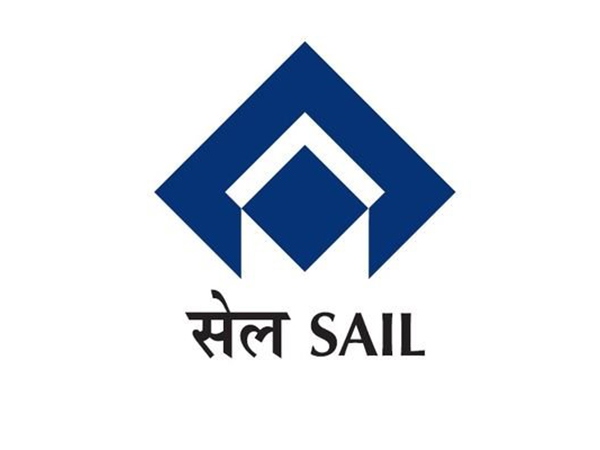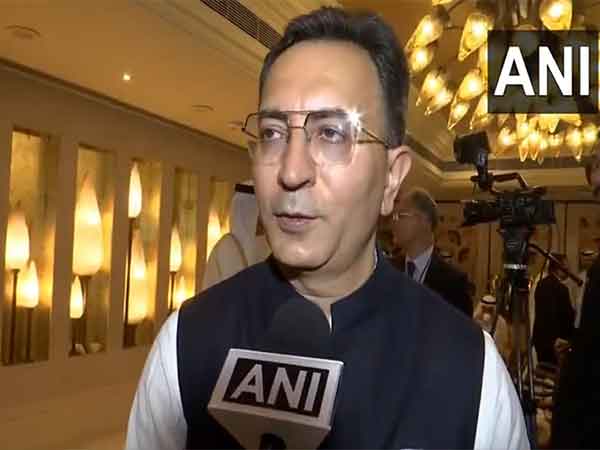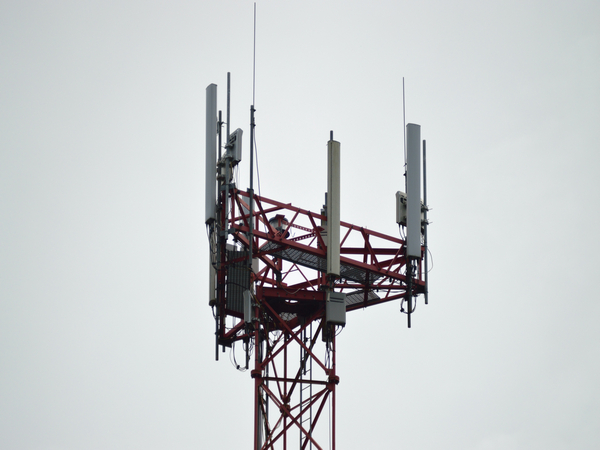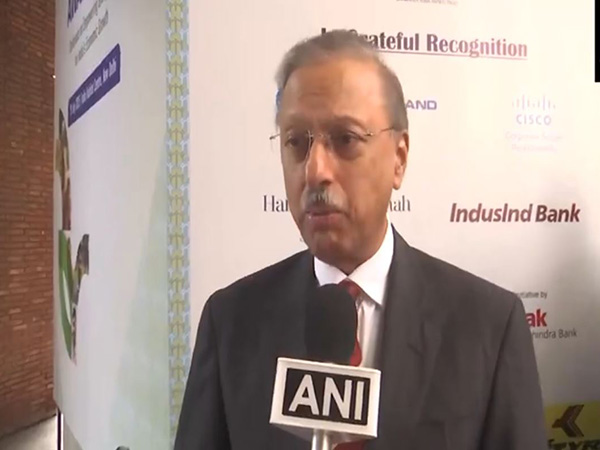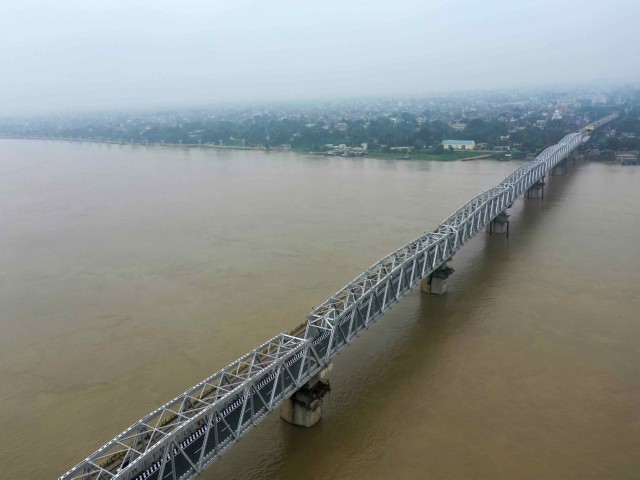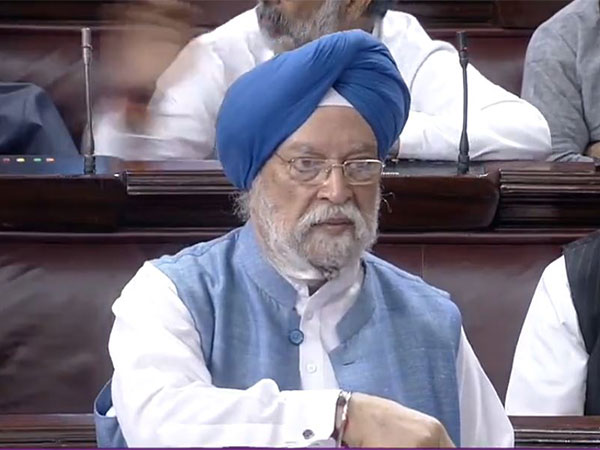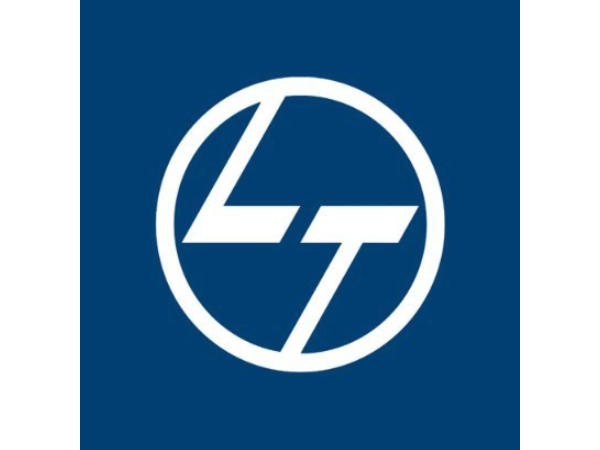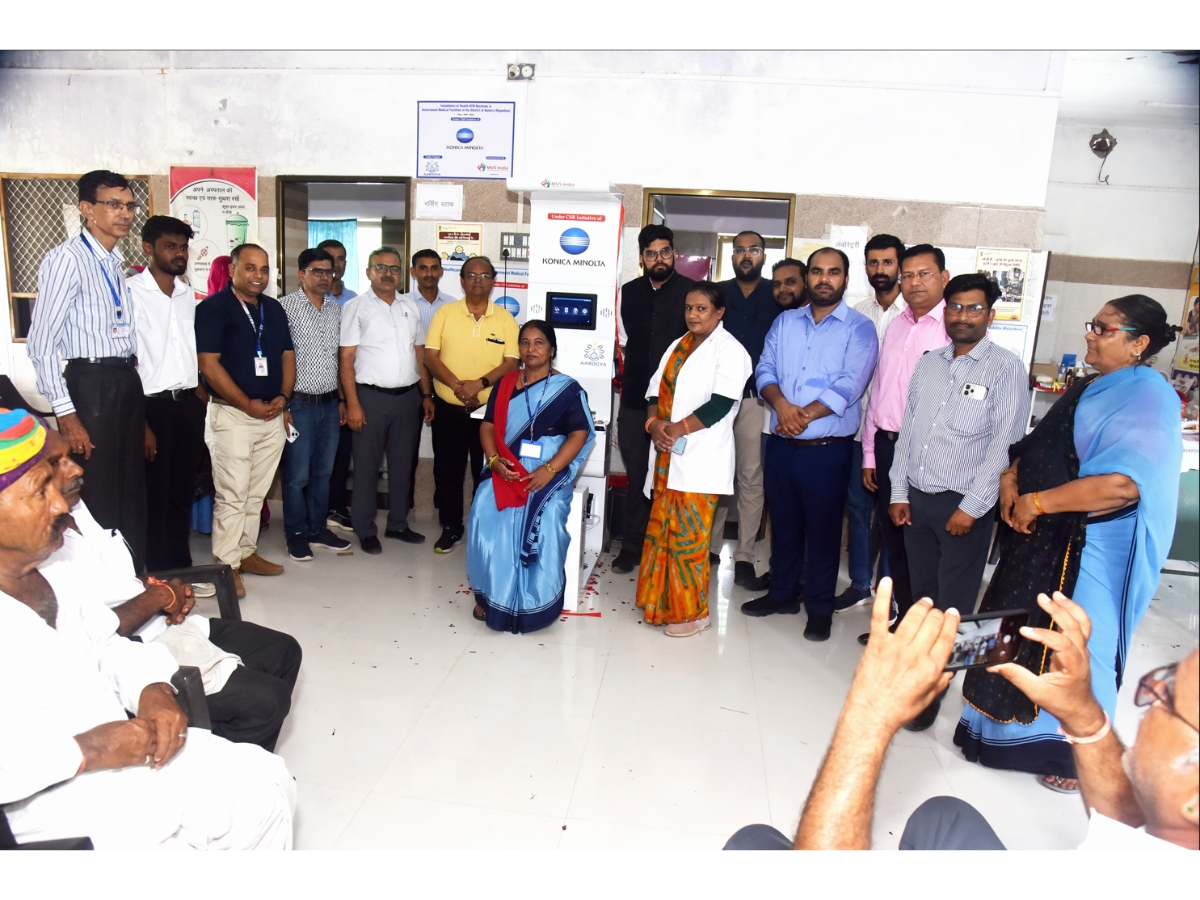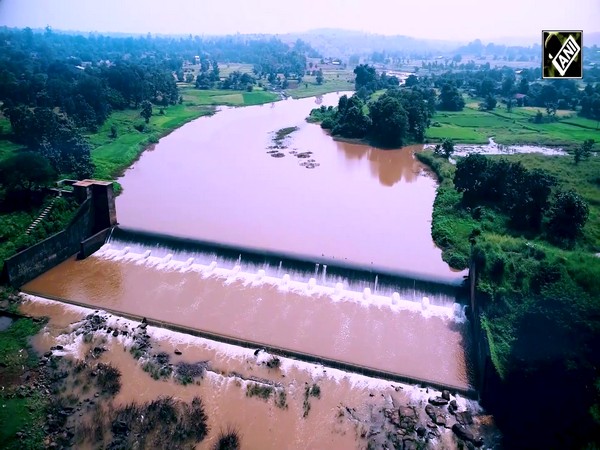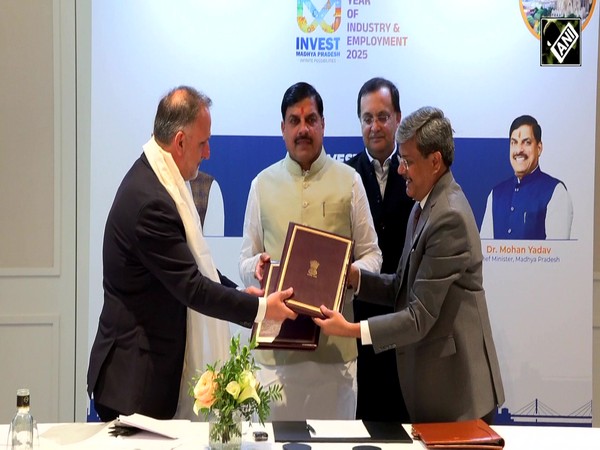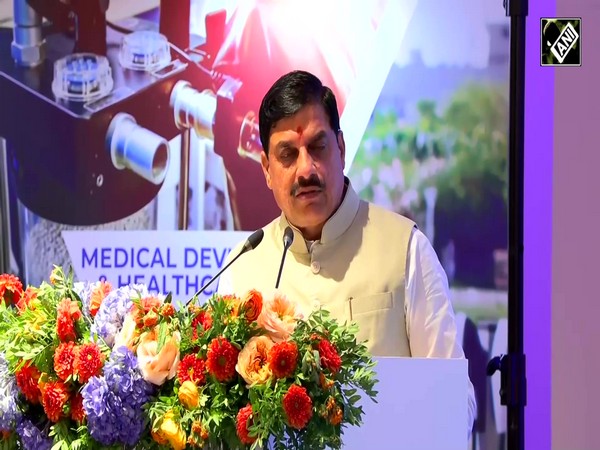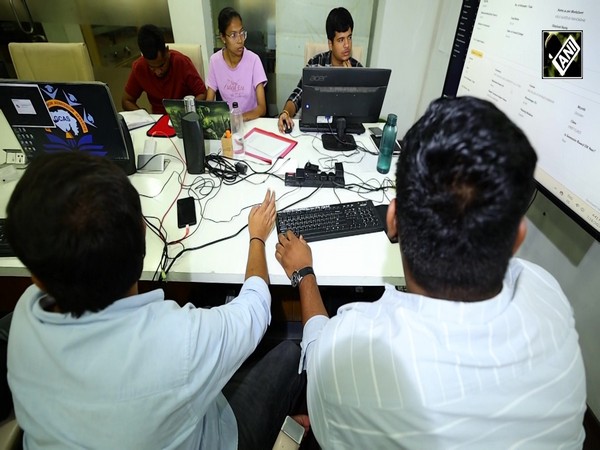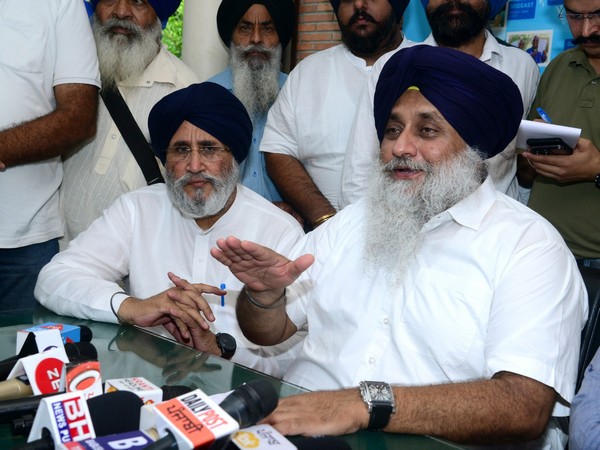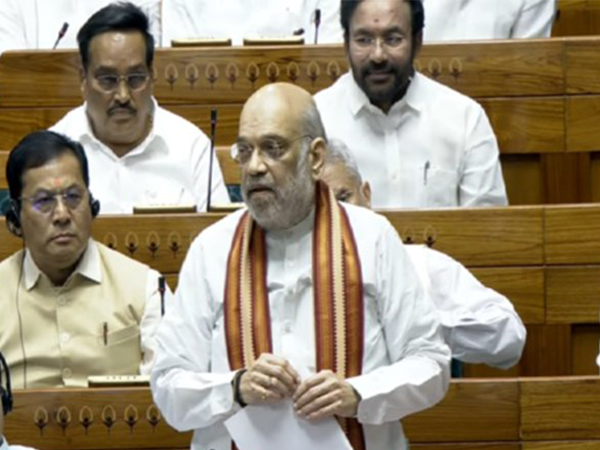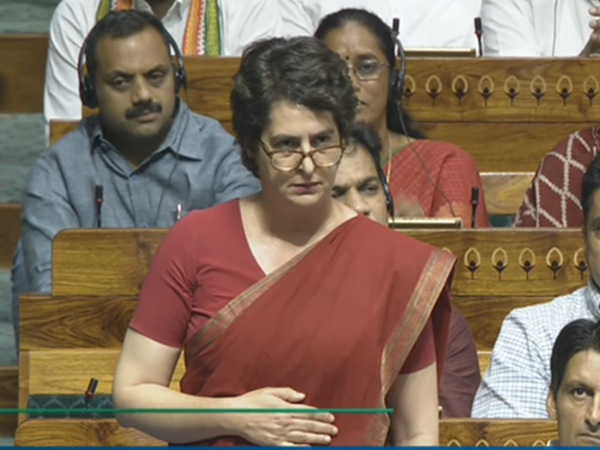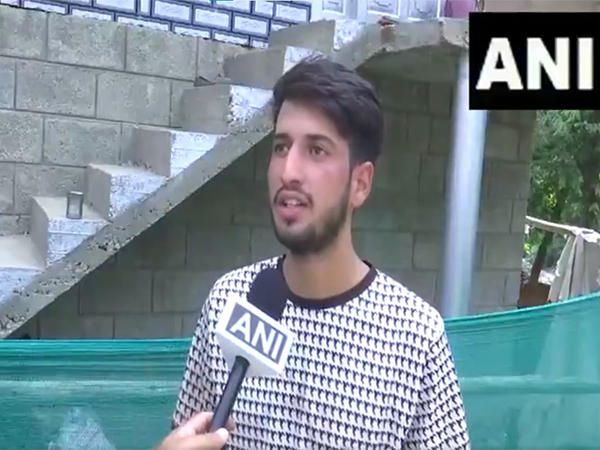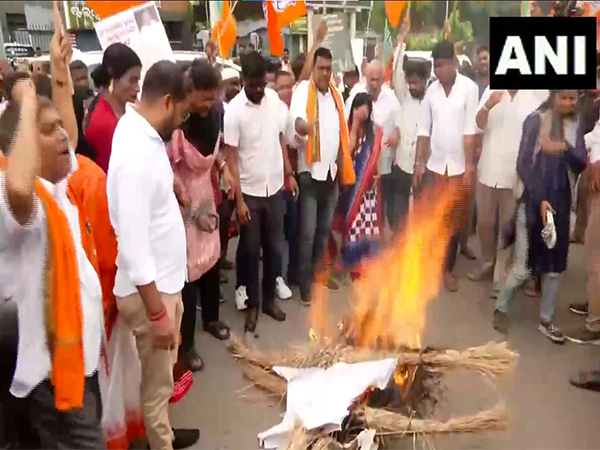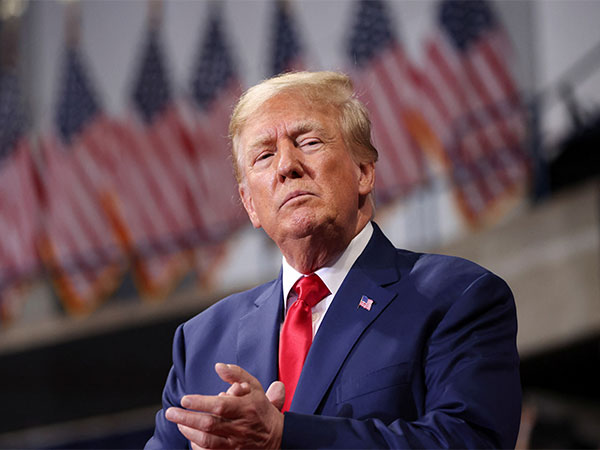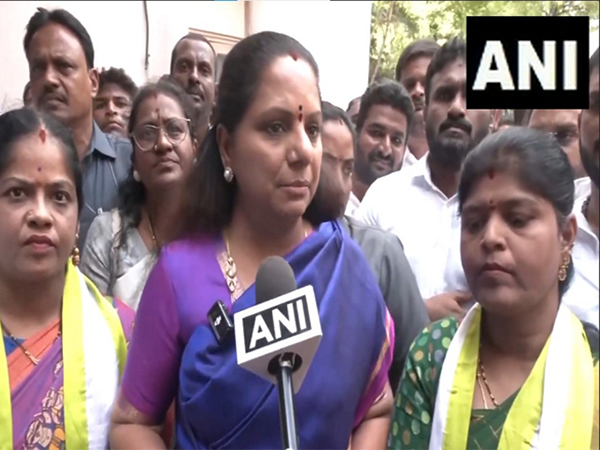
Value of India's crude imports from Russia surges significantly at a CAGR of 96% during FY20-FY25: Report
Jul 29, 2025
New Delhi [India], July 29 : India's oil and gas sector is undergoing a strategic transformation amid a fast-changing global landscape marked by shifting alliances, sanctions, and rising geopolitical uncertainty, according to the recent Rubix Industry Insights report.
In a significant shift, Russian oil now dominates India's crude basket, accounting for about 35 per cent of total imports in Financial Year (FY) 2025, it was mere just 2 per cent in FY2020. The value of these imports has surged at a 96 per cent of compound annual growth rate (CAGR) over the past five years.
This rebalancing is driven mainly by cost advantages and alternative transport routes that bypass the volatile Strait of Hormuz. Meanwhile, the share of Middle Eastern suppliers has fallen, prompting geopolitical and commercial recalibrations.
Now, with the US pushing for steep tariffs on Russian-linked petroleum exports and the EU tightening its sanctions regime, India is taking steps to protect a significant share of its petroleum product (POL) exports, valued at USD 44.4 billion in FY25.
India has emerged as the seventh-largest exporter of refined petroleum products, with the Netherlands, UAE, and Singapore as key markets.
On the supply side, India is the world's third-largest crude oil importer, with demand projected to rise from 5.64 million barrels per day in 2024 to 6.66 million bpd by 2030.
However, domestic production continues to decline, dropping from 32.2 MMT in FY2020 to 28.7 MMT in FY2025. As a result, India's crude import dependency has reached 88.2 per cent.
Refining capacity, however, has expanded modestly to 257 MMTPA across 23 refineries, making India the world's fourth-largest refining hub. The government aims to increase this to 309.5 MMTPA by 2030, backed by major investments from state-run firms like IOCL, BPCL, and HPCL.
Natural gas, another critical pillar, saw demand reach 71 BCM in FY2025, with 50 per cent met through LNG imports.
The US has overtaken the UAE as India's second-largest LNG supplier, aided by lifted export bans and long-term contracts.
India plans to double its share of gas in the energy mix to 15 per cent by 2030, supported by pipeline expansion and regasification projects.
Government initiatives have also propelled reforms in upstream exploration. Under the Hydrocarbon Exploration and Licensing Policy (HELP), the 10th OALP round offered 25 new blocks, and the Special CBM Round targeted unconventional gas extraction. These efforts are supported by updated regulations and policies aimed at attracting investment.
The report notes that India's clean energy push is gaining traction. The Pradhan Mantri Ujjwala Yojana (PMUY) has expanded LPG access to over 103 million households, while ethanol blending touched 20 per cent in early 2025--six years ahead of schedule. City gas distribution is also being ramped up, aiming to cover 70 per cent of the population.
However, challenges remain. Price volatility, US sanctions on Russian oil, and lagging domestic output pose persistent threats. The report warns that refinery capacity additions have lagged behind targets, and Middle East tensions could disrupt crucial supply lines.
